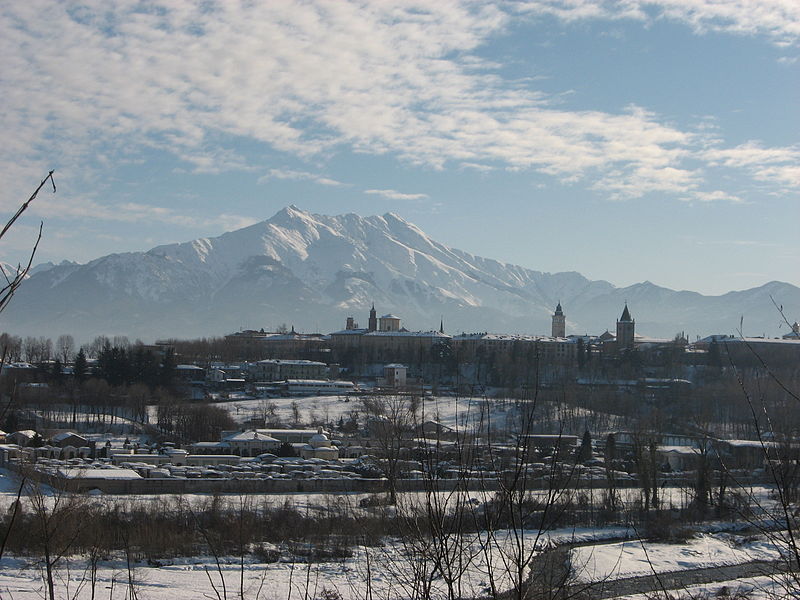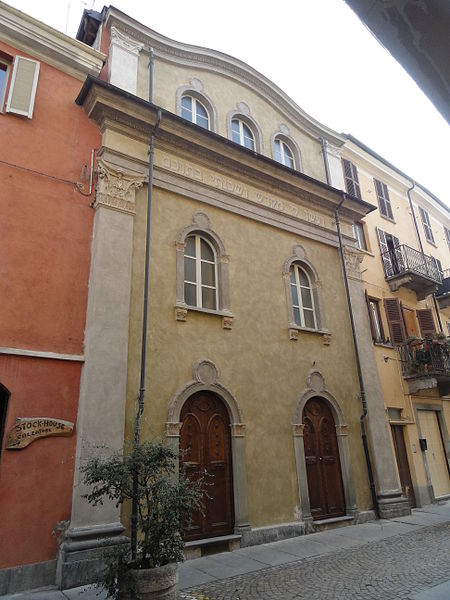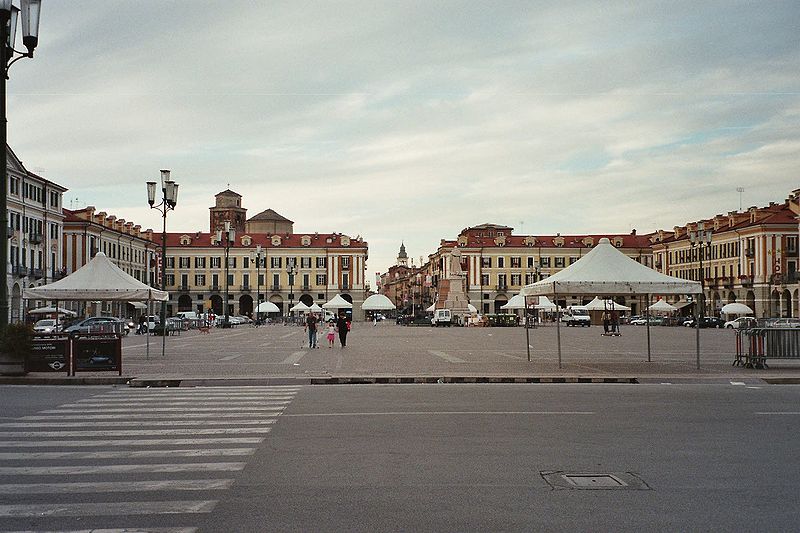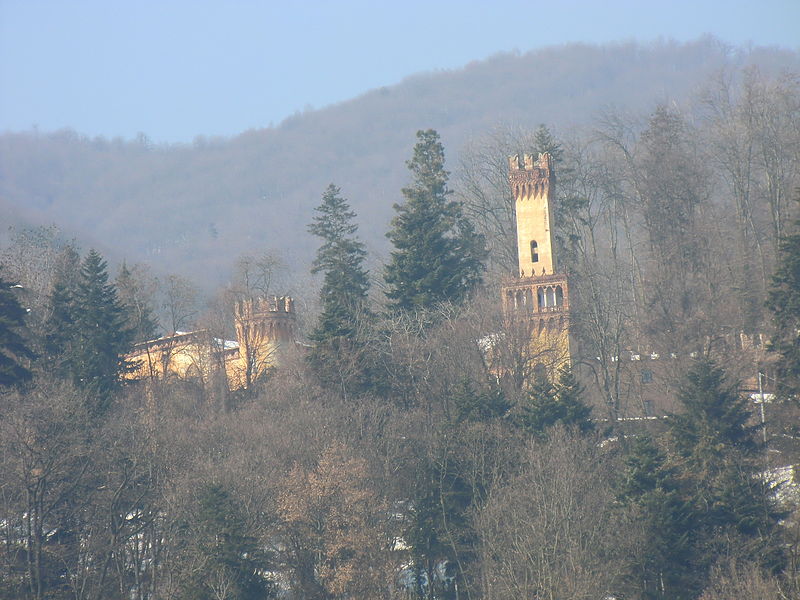Travelling through Piedmont? One of the best things to see in Piedmont might just be Cuneo. The Cuneese territory is one step away from France, not very well known but rich in historical and natural wonders. Cuneo takes its name from the plateau on which it stands, a wedge placed at the confluence of the Gesso stream with the river Stura. It was a fortress city that withstood seven sieges; it is very neat and welcoming with its notable walkway under the arcades that stretches for about 8 km in the historic centre.

There is also the characteristic narrow medieval street “Contrada Mondovi” with its lovely antique shops, the church of San Francesco, the former Jewish ghetto with a Synagogue from the seventeenth century, and the famous big Galimberti Square where, after the fall of Mussolini on 25 July 1943, Duccio Galimberti gave a speech from the balcony of his house inviting his citizens to guerrilla warfare.

For three centuries Cuneo was the capital of silk, with factories which were technologically advanced for their time, using mills with waterwheels for the twisting of silk thread. The Caraglio silk factory is the oldest in Europe, built in an area rich with water and mulberry trees, essential elements for silk production. Now the factory hosts exhibitions and events, and has a shop where young artisans show and sell their handmade products.

Cuneese cuisine serves up particular specialties such as the finest meats and rare cheeses from the Alps, excellent wines from all over the province, hazelnuts and truffles from the Langhe, a smoked ham called the “Lonzardo” and finally the delicious “Cuneesi al rhum”, which are chocolates filled with soft dough dipped in chocolate flavored liqueur.

A few kilometers away from Cuneo, on the hills, is the Roccolo Castle and park, built in 1831 in the Gothic-Moorish style at the behest of Roberto Tapparelli Marquis D’Azeglio, brother of the famous Massimo. It is here that the Marquis received Alessandro Manzoni to bargain the dowry of his future wife, the daughter of the writer of “Promessi Sposi”. Here also stayed Dickens and Silvio Pellico, the latter whom wrote much of “Le mie prigioni” (My Prisons) in a park full of trees, lakes and stunning views.
Photos by Nem80, Francis, Markus Scheiss, Luigi Tuby from Wikimedia Creative Commons


